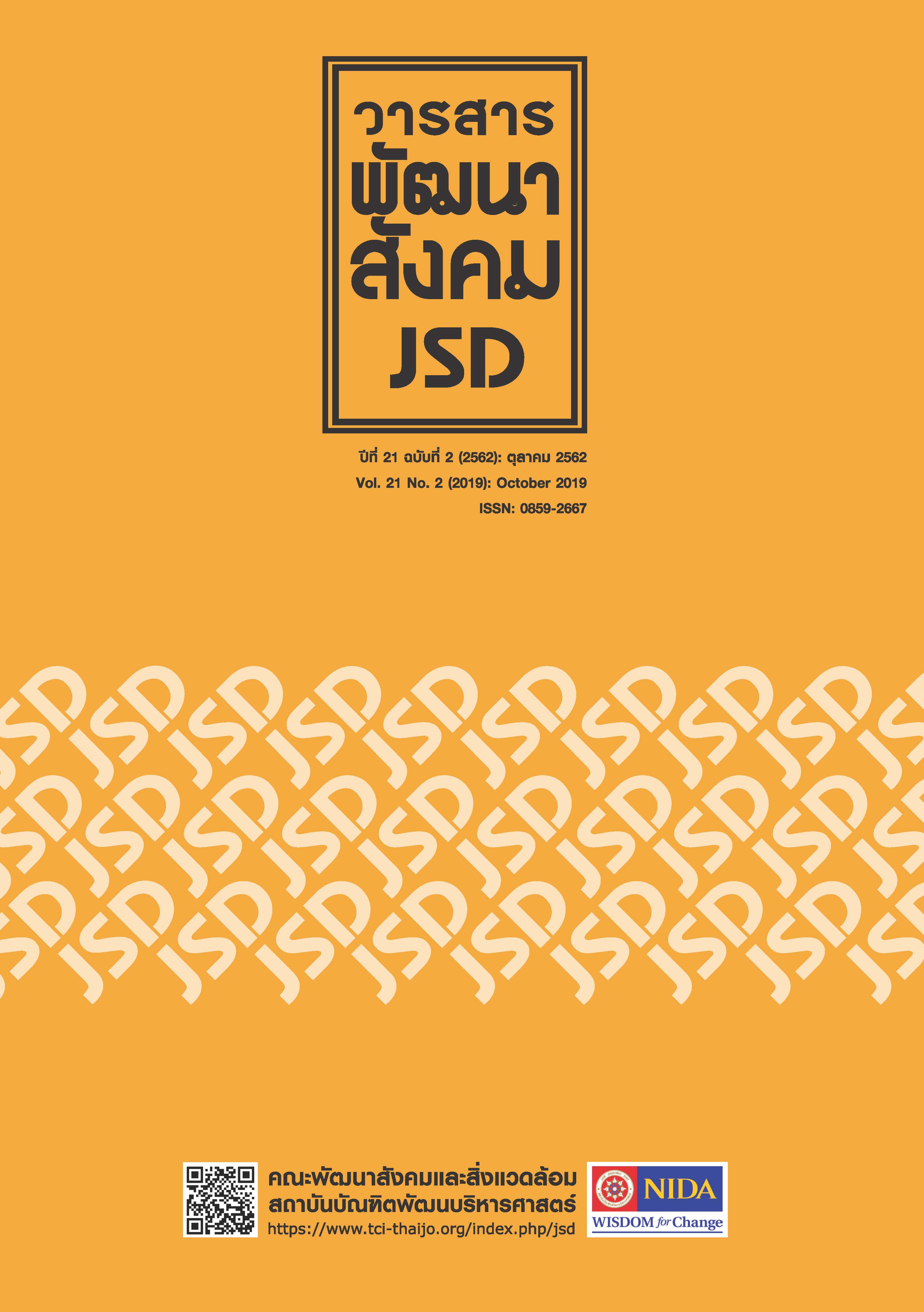Participatory Potential Development of Agriculturists through the Sustainable Agriculture Conapt for Production Costs The Reduction in Baan Kukat Community, Satuk Sub-district, Satuk District, Buriram Province
Main Article Content
Abstract
This Participatory Action Research (PAR) has the following purposes: 1) to study the production cost problems of agriculturalists of Baan Kukat Community, Satuk Sub-district, Satuk District, Buriram Province; 2) to analyze and develop the concept of sustainable agriculture in order to reduce their production costs in Baan Kukat Community, Satuk Subdistrict, Satuk District, Buriram Province; and 3) to search cooperatively Model develop agriculturalists’ potentials by applying the concept of sustainable agriculture in order to reduce their production costs in Baan Kukat Community, Satuk Sub-district, Satuk District, Buriram Province. The researchers collected data by using an in-depth interview, a group discussion, participant and non-participant observation, a survey, documents, and an analysis and synthesis of a problem with a community. The result of the analysis the agriculturists of this community turned over 22 tons of high-quality fertilizer to use in adjusting soil condition for agriculture. Moreover, they produced photosynthetic microorganisms which helped biodegradation of plants and animals, reduced hydrogen sulfide, increased nutrients for plants, and strengthened plants’ roots. Consequently, the Baan Kukat Community’s agriculturists in this research area were grouped with the purpose of using a soil development concept for the organic matter. This helped them reduce 82% of chemical and organic costs. As a result, the agriculturists changed their behaviors to reduce, abstain, and stop using chemicals. Moreover, every year the community issues the community regulations on producing organic fertilizer which leads to make fertilizer for both households and their community. More importantly, these led to the movement at a policy level. In other words, Sri Satuk Municipality had enacted this guideline in the municipal law of the fiscal year 2019 in order to support and develop Baan Kukat Community’s agriculture. Additionally, this set of data would be applied in development of Thais Value Sustainability Project in line with the government policy, and it was extended to sustainable agriculture for a self-sufficiency community in the future.
Article Details
References
Huthanuwat, N. (2004). Sustainable agriculture: paradigms, processes, and indicators. [In Thai]. Sustainable Agriculture Foundation (Thailand). Lakthai Changpim.
Leanjumroon, W. (2004). Sustainable agriculture ways of agriculture for Thailand: meanings, principles and proposed policies. [In Thai]. Bangkok: Pim Dee Publishing.
Prajoubwan, Ng. (2015). The development of a sustainable agricultural system in Ban Lak Metre Community, Tung Khwang, Kamphaengsaen, Nakhon Pathom Province. [In Thai]. Area Based Development Research Journal. The Thailand Research Fund. 7(4); 90-123.
Punyanukul, W. (2013). Sustainable agriculture: ways of agriculture for future (3rd ed.). [In Thai]. Bangkok: Earth Net Foundation.
Rapeephat, A. et al. (2001). Manual of qualitative research for development (3rd ed.). [In Thai]. Bangkok: Klang Nana Wittaya.
Saruno, T. (2016). Academic principle to reduce costs and increase additional value in plant producing. [In Thai]. Office of Agricultural Research and Development Region 8, Department of Agriculture, Ministry of Agriculture and Cooperatives.
Sirasuntorn, P. (2007). Training community in learning: concepts, techniques and processes. [In Thai]. Bangkok: Chulalongkorn University.
Srisuntisuk, S. (1994). Sociology of community: principles in study, analysis and working in a community.
Suwankeeree, S. (2004). Bio-fertilizer or bioexract and application in effective microorganisms (EM). Royal Irrigation Agriculture Research Station, Research Center for Increasing Agricultural Products, Faculty of Agriculture, Chiang Mai University.


